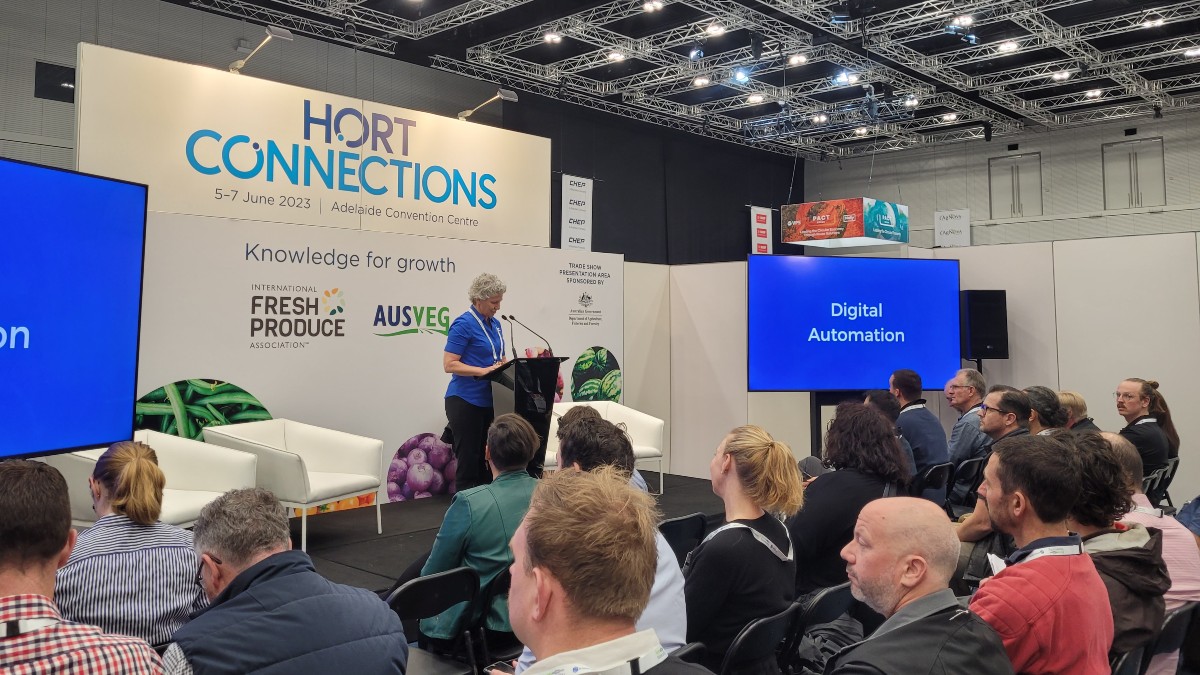RSE policy changes welcomed by growers
Changes to the Recognised Seasonal Employers (RSE) Scheme have been welcomed by New Zealand growers ahead of the upcoming season. The RSE scheme allows the horticulture and viticulture industries to recruit seasonal workers from overseas when there are not enough local workers. Similarly, the Pacific Australia Labour Mobility (PALM) scheme in Australia allows eligible businesses to recruit from the Pacific islands and Timor-Leste.
Changes to the RSE scheme include averaging out the 30-hour minimum weekly work requirement over four weeks. The PALM scheme in Australia has had the same requirement since the beginning of the year. It was due to be changed to 30 hours per week from 1 July 2024. However, the averaging component has been extended for a year. This came on the back of strong opposition from the horticulture sector who require the flexibility to adapt to weather and market conditions.

These schemes employ upward of 20,000 people in NZ and 34,000 in Australia. New Zealand exports over NZ$2bn of wine per annum. Philip Gregan, CEO of New Zealand Winegrowers says “The scheme has been vital to the growth of the wine industry”.
Employers must keep records to prove compliance with the 30-hour requirement. This is not only of hours worked, but also hours offered that aren’t worked. ABC Software’s on-farm labour and inventory management system ABCgrower, has an “info-only” facility. Time and task are recorded digitally in ABCgrower and the info-only facility means hours not worked are also easily recorded and reported on. Info-only hours are automatically excluded from productivity and block cost reports.
Other changes to the RSE scheme announced last week include lifting the pause on accommodation cost increases and allowing a capped increase to be applied. Also, adjusting the application of the 10% above the minimum wage requirement. NZAPI Chief Executive Karen Morrish says the changes “will go a long way to easing pressures on apple and pear growers. The apple industry is New Zealand’s largest employer of RSE’s”.
If you’re an employer of RSE or PALM scheme workers, how do you show you’re compliant with the scheme? Click here for more information on how a digital system can help you.







































